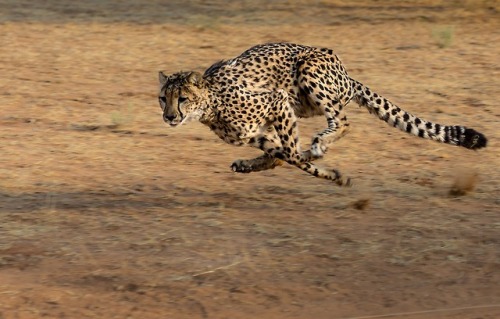#animal research
really good video ?
oh coming back to this sober- REALLY good video.
like a lot of the general public still doesnt know that these studies on non-human primates learning human language are bullshit, but even the corrections on it tend to leave out the fact that These Studies Were Fundamentally Fucked From The Start bc they werent treating sign language like a real language
like- koko ‘naming’ a painting with the words ‘pink stink drink’ and her handlers claiming it as evidence she knows how to rhyme, but uh those words rhyme in SPOKEN ENGLISH, and dont rhyme at all in ASL (which is the language koko is using words from).
I was hesitating on whether or not this was worth reblogging, but the end did it.
It’s a good lesson on how other animal species can be very complex, intelligent and sensitive in their own way - but they are NOT like us.
An animal being “very intelligent” is NOT the same thing as “being very human-like”.
That is a misunderstanding brought on, in part (and aside from the obvious point that we can only see things from the human perspective), by the common idea of evolution that nature “progressed” to humans, or that nature “wanted” us to become human, as if evolution is always a way “forward” to become “more advanced”.
While in fact, it is not a straight line, it is a very messy bush, and each species has its own way of interpreting and understanding the world.
I’m sure there are better videos and reads to understand this, but I would also add Dr. Kelly Jaakkola‘s IMATA presentation where she speaks about dolphin cognition, and actually this 1991 Christmas lecture - I watched it about ten years ago, and I still think back on it from time to time, striking me just how much of how we perceive the world is due to our specific senses, and our (as a species) subjective view.
It’s made for older children, so it’s not very advanced, but it makes it less dull to sit through if you don’t like long, dull presentations. And these both did add to my understanding of just how subjective and narrow the human experience of the world is.
Unpredictable prey proves problematic for predators
In the battle between predator and prey, the victor can be decided by the smallest of margins. For some animals this has led to an evolutionary arms-race where speed is the main objective. New research carried out by Professor Alan Wilson of the Royal Veterinary College has changed our understanding of athleticism in animals. His new discoveries suggest slower speeds and last-second turns actually give prey animals better chances of survival, whereas predators must evolve to be more athletic to follow the unpredictable prey.
Professor Wilson’s analysed movements of wild, free-ranging cheetahs and lions and their most common prey, impalas and zebras, in the Savannah of Northern Botswana. The team collected movement data from five cheetahs, nine lions, seven zebras and seven impalas. They also took tiny muscle samples back to their UK laboratory to test how powerful the animals’ muscle fibers were.
State of the art technology, including high-tech location-tracking and movement-sensing collars, as well as Professor Wilson’s self-built research aircraft equipped with sophisticated tracking, filming and terrain-mapping technology.
Results showed although cheetahs and impalas were the more athletic predator-prey pair, compared to lions and zebras, both predators were similarly more athletic than their prey. Their muscles were found to be 20% more powerful, they were 38% faster, 37% better at accelerating and 72% better at decelerating.
More details : Royal Veterinary College: LOCATE.
Post link
When Dogs Lose their Will to Wag
‘Limber tail’ is a painful condition affecting large working dog breeds, such as Labrador Retrievers.
To find out more about the cause, a team of researchers reviewed cases of limber tail with the owners - noticing a few trends.
They discovered that dogs suffering from limber tail were more likely to be working dogs, live in northern areas in the UK, and be related to each other. Further studies are now needed to identify the genes associated with the condition.
The symptoms can be distressing for the animal, but usually resolve within a few days or weeks.
This is the first large-scale investigation of limber tail conducted as part of the Dogslife Project; which follows the health and wellbeing of more than 6000 Labradors across the UK to improve animal welfare.
Post link
Estrogens alleviate hyperactivity in ‘autistic’ zebrafish
The female sex hormone estrogen reduces sleep disruption in zebrafish genetically designed to help understand autism spectrum disorder (ASD) scientists have discovered.
Researchers from the University College London In collaboration with scientists at Yale University and University of California, San Francisco, were investigating the function of genes linked to autism and seizures in humans by using zebrafish as a model system. They unexpectedly discovered that estrogens calm hyperactive fish during the night, which will help scientists to understand the brain pathways affected in ASD.
The finding is intriguing given ASD is four times more common in men than women. All humans produce estrogen, but levels are significantly higher in women than men.
These images show zebrafish brains, with axon tracts, neurons and interneurons tagged in different colours.
This research helps scientists to understand the function of an autism risk gene in the developing brain, which is important for understanding the biology of autism.
Images: Kate Turner, UCL
Post link











